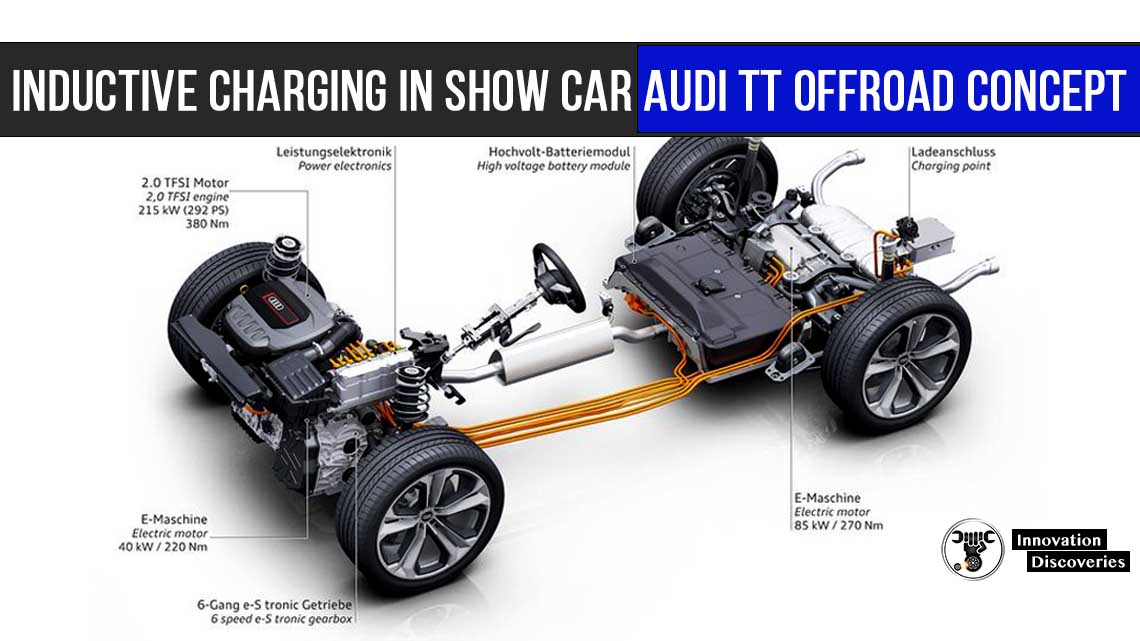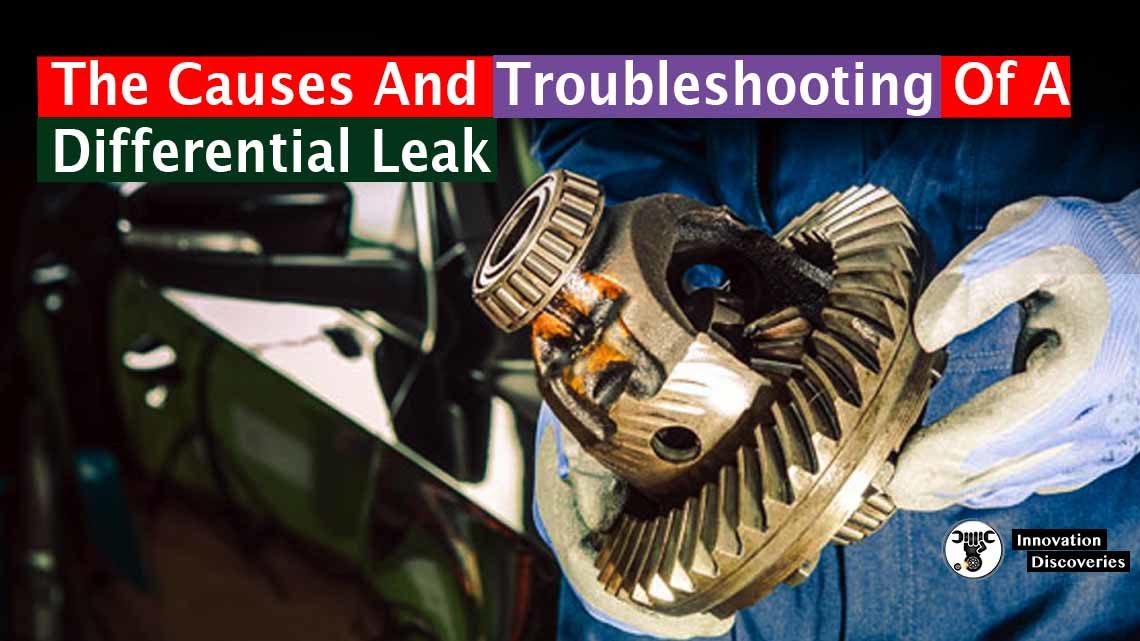
Introduction:
In the realm of automotive engineering, the differential plays a crucial role in ensuring smooth and efficient power distribution to the wheels.
Among its various types, the limited-slip differential (LSD) stands out for its ability to enhance traction and stability, particularly in challenging driving conditions.
This article aims to delve into the intricate workings of limited slip differentials, shedding light on their mechanism and functionality.
What is Limited Slip Differential?
A limited-slip differential, commonly abbreviated as LSD, is a specialized type of differential that addresses the inherent limitations of traditional open differentials.
Unlike an open differential, which distributes power equally to both wheels irrespective of traction, an LSD has the capability to apportion torque differentially based on wheel slip, thereby optimizing traction and stability.

Mechanism of Operation:
The fundamental principle governing the operation of a limited slip differential revolves around the management of torque distribution between the two drive wheels.
An LSD achieves this by utilizing various mechanisms, the most common being clutch packs, viscous fluid, or gear-based systems.
1. Clutch Type LSD:
In a clutch-type LSD, friction plates and pre-loaded springs are employed to regulate the torque distribution.
Under normal driving conditions, these springs exert pressure on the clutch plates, ensuring an equal distribution of torque to both wheels.
However, when wheel slip occurs, the relative rotation between the wheels causes the clutch plates to engage, transmitting more torque to the wheel with better traction, thereby mitigating wheel spin.
2. Viscous LSD:
A viscous limited-slip differential utilizes a viscous fluid enclosed within a housing that connects the two drive wheels.
When one wheel begins to slip, the resulting speed differential causes the viscous fluid to heat up and become more viscous.
This increased viscosity effectively transfers torque to the wheel with greater traction, thereby enhancing grip and stability.
3. Gear-based LSD:
Gear-based limited-slip differentials utilize a series of gears or ramps to achieve torque distribution. These differentials can be further classified into various subtypes such as helical, Torsen (torque-sensing), and locker differentials.
Helical LSDs employ gears with angled teeth to transfer torque differentially, while Torsen differentials use a combination of worm gears and spur gears to achieve a similar effect.
Locker differentials, on the other hand, provide complete lock-up of the differential, effectively forcing both wheels to turn at the same speed, irrespective of traction conditions.

Also, read:
Benefits of Limited Slip Differential:
The incorporation of a limited-slip differential offers several advantages, especially in performance-oriented or off-road vehicles:
1. Enhanced Traction:
By mitigating wheel spin and distributing torque to the wheel with better grip, LSDs improve traction, particularly in slippery or uneven terrain.
2. Improved Stability:
LSDs promote stability by minimizing wheel slip and maintaining balanced power delivery, thereby enhancing vehicle control, especially during cornering maneuvers.
3. Enhanced Performance:
In high-performance vehicles, LSDs optimize power delivery, allowing for quicker acceleration and more precise handling, ultimately improving overall performance.
4. Off-road Capability:
Off-road vehicles equipped with LSDs benefit from increased traction and better maneuverability, enabling them to navigate challenging terrain with greater ease.
Also, read:
- Checking the gearbox oil level, draining and refilling
- Manual Or Automatic Gearbox: Which Is The Best?
- What Happens When You Skip Gear In A Manual Transmission?
Watch the video below to understand better working
Conclusion:
In conclusion, limited-slip differentials represent a significant advancement in automotive technology, offering improved traction, stability, and performance across various driving conditions.
Whether on the racetrack or off-road trails, the incorporation of an LSD can significantly enhance the driving experience while ensuring safer and more controlled vehicle dynamics.
Understanding the mechanism and functionality of limited-slip differentials is essential for professional mechanics and enthusiasts alike, as it enables them to appreciate the intricacies of this critical drivetrain component.
Discover More:

Visit Forum
Visit Our Friendly Website












2 Comments